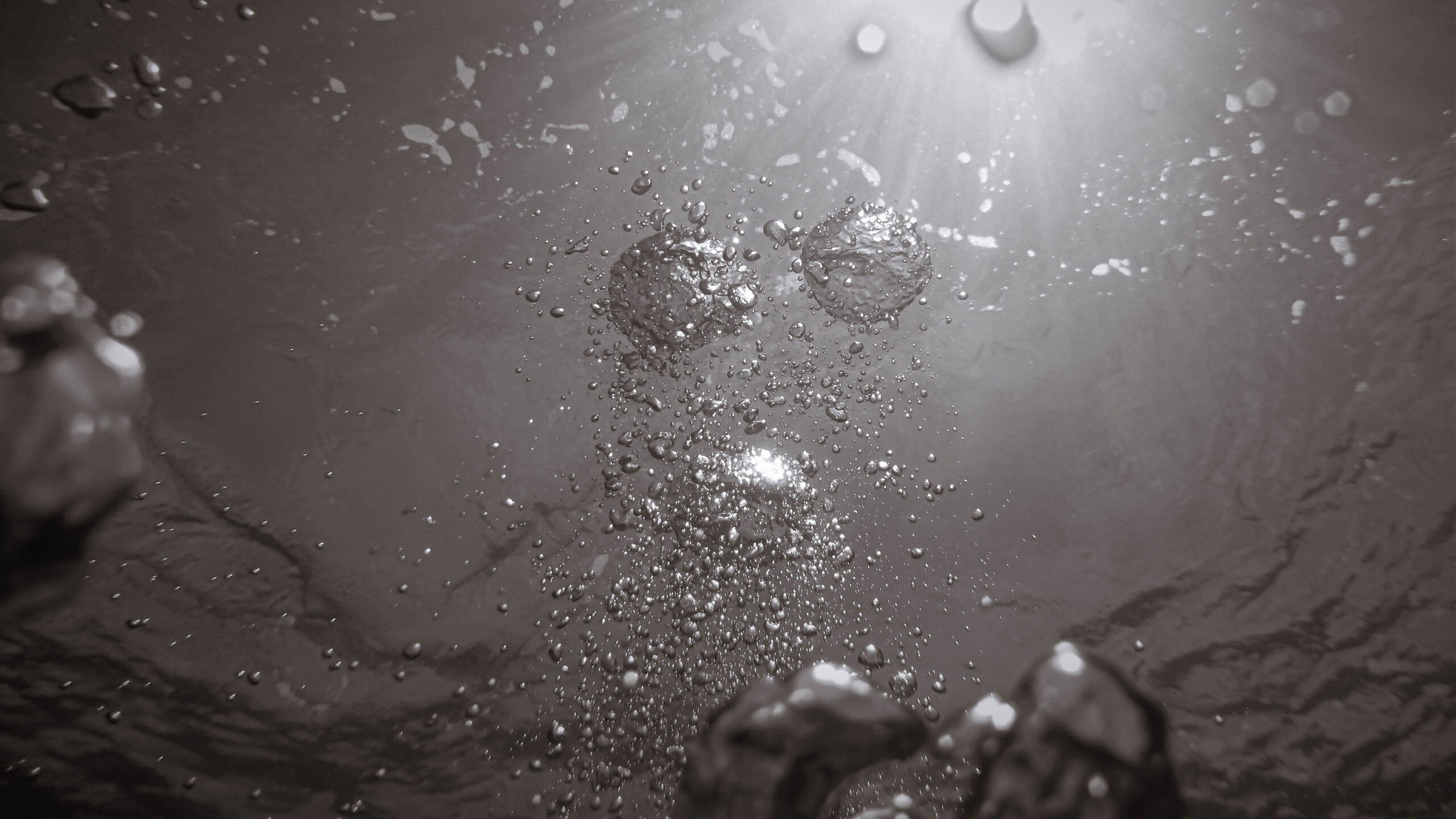Perhaps the first real expression of the water war.
Nepal represents the sources of the main rivers in China and India.
Whole Nepal is a part of the Ganga Basin and it is estimated that approximately 70% of dry season flow and 40% of the annual flow of the Ganga River comes through Nepal. It is estimated that there are altogether 6,000 rivers (including rivulets and tributaries) in Nepal and drainage density is about 0.3 km/km2. The cumulative length of rivers is 45,000 km.
Two-thirds of Nepal’s total trade are with India only. Not only that, more than 90 percent of landlocked Nepal’s exports and imports transit through its large southern neighbor.
On the other side of the border with Nepal, you have Tibet. The Yangtze is the longest river in Asia, the third-longest in the world, and the longest in the world to flow entirely within one country. It rises at Jari Hill in the Tanggula Mountains (Tibetan Plateau) and flows 6,300 km (3,900 mi) in a generally easterly direction to the East China Sea. It is the sixth-largest river by discharge volume in the world. Its drainage basin comprises one-fifth of the land area of China and is home to nearly one-third of the country’s population.
The current Nepalese government decided to dissolve the Parliament forcing the organization of new elections…
Political turmoil in South Asia has always been a challenge for Beijing’s push to expand its influence in the region, and landlocked Nepal, wedged between China and India, is no exception.
Story to follow!

